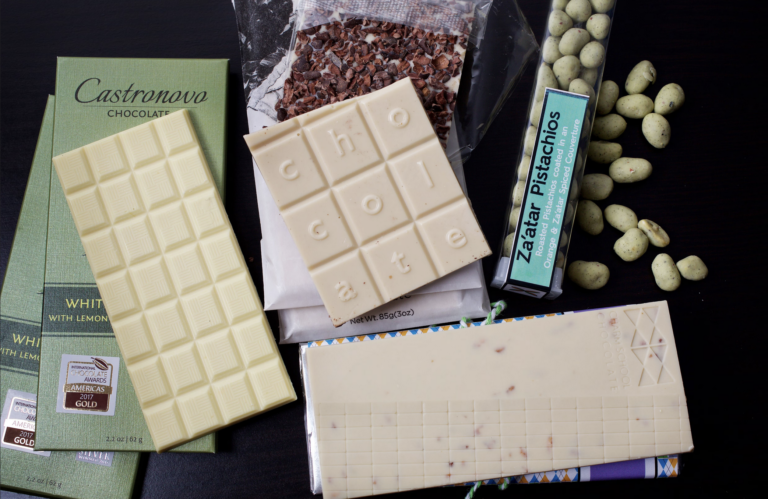
Best White Chocolate in the World
This article explores the origins and history of chocolate, tracing cacao’s use and cultural significance among ancient Mesoamerican civilizations like the Maya and Aztec. It
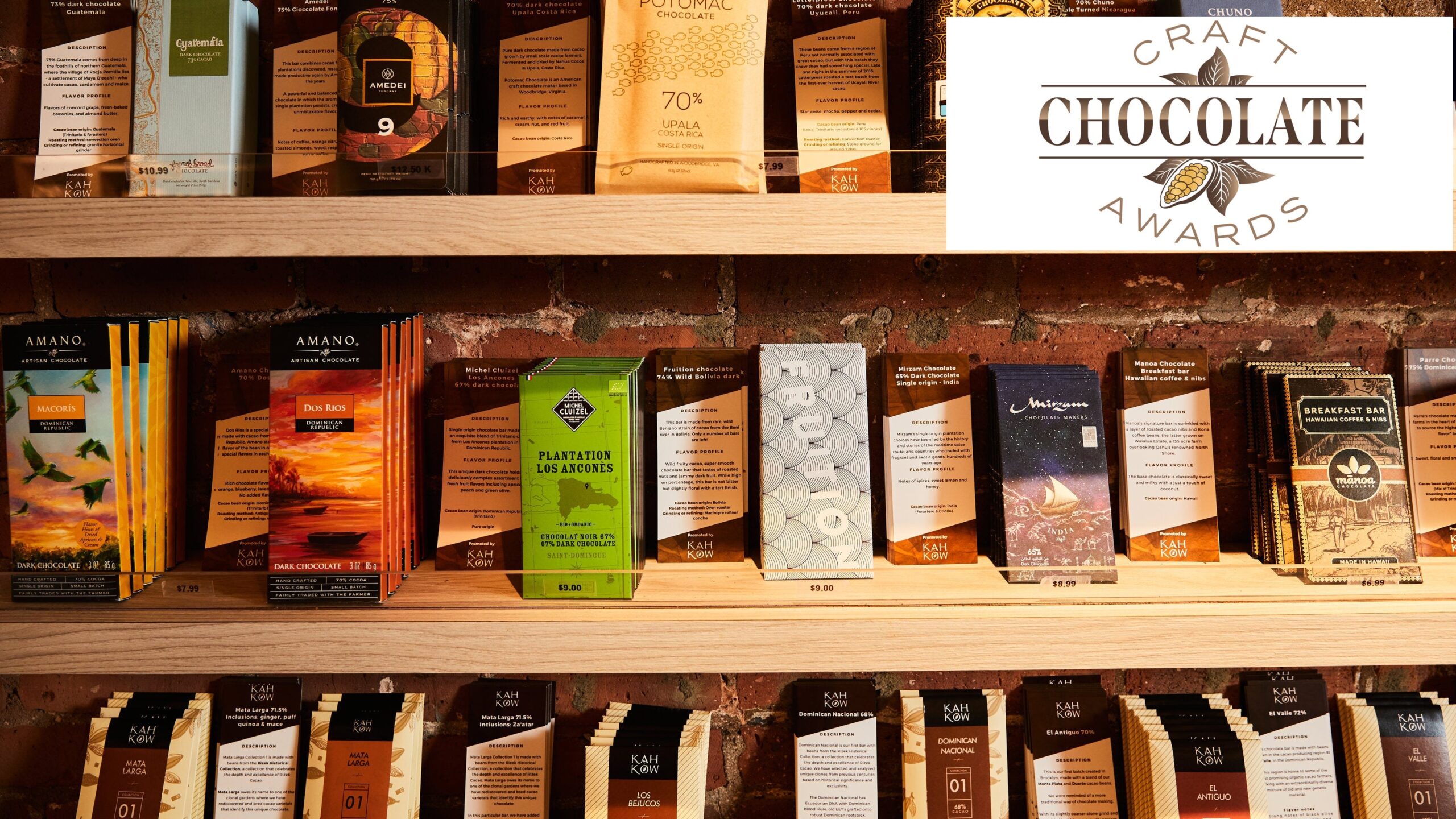
A new movement in chocolate is seeking to overhaul how chocolate is created. Called “bean to bar” or “craft chocolate,” these small-batch chocolate makers aim to highlight cacao’s complexities and connect consumers more closely to its origins.
Rather than industrial scale production dominated by giants like Hershey, Mars and Nestle, bean-to-bar chocolate makers personally source raw cacao beans from individual farmers and estates around the world. They control every step of transforming the beans into chocolate bars, allowing distinctive flavors to shine through based on the beans’ terroir.
The approach has been compared to wine making, with each harvest carrying unique flavors and personalities. As with the farm-to-table movement in cuisine, craft chocolate focuses on transparent sourcing and sustainable agriculture to create a much higher quality product tied intimately to its roots.
Specialty chocolate shops across America now sell bean-to-bar chocolates that reveal flavors from fruity to nutty to floral. By supporting this small-scale chocolate renaissance, consumers not only enjoy cacao’s diversity, but forge closer connections to the farmers cultivating it. One pod at a time, craft chocolate is redefining the future of an iconic food away from the twentieth century “Big Chocolate” model which produced poor quality products blended for consistency ahead of flavor accompanied by devastating environmental and humanitarian costs.
Our international chocolate awards pay tribute to the obsessive, passionate individuals striving for chocolate perfection around the world. We honor renowned European chocolate houses who have perfected their bonbon and truffle recipes for generations alongside emerging bean-to-bar chocolate makers experimenting with bold ingredients like black currant and elderflower. During our blind tastings, we judge each craft chocolate bar and bonbon on its flavor, aroma, textures and craftsmanship to identify the best chocolate in the world.
See the winners +
Beginning in specialty chocolate shops and now flourishing online and slowly moving into more mainstream grocery stores, a quiet revolution is unfolding. “Craft chocolate,” as it’s known, focuses on small batches made from bean to bar while bringing out cacao’s inherent flavors. This contrasts with mass-produced chocolate that obscures nuances. Of course, when evaluating craft chocolate here at The Craft Chocolate Awards we have our own criteria.
Craft chocolate makers source raw cacao beans transparently, often directly from individual farmers across the equatorial belt stretching from Latin America where the cocoa originated, through West Africa where the vast majority of cocoa is produced today, and in the emerging frontiers of cocoa in southern India and southeast Asia. The beans used in craft chocolate often come from a single estate, allowing unique regional characteristics to shine through.
From there, chocolate makers oversee the entire process, from roasting and grinding to refining and tempering, drawing out complex notes. The emphasis is on quality over quantity and sustainable relationships from field to factory.
Single-origin bars showcase cacao’s diversity, with flavors spanning fruit, flowers, nuts and spice. It honors the inherent flavors of each region – fruity Ghana, floral Ecuador, rounded Venezuela. Small batch production coaxes out nuances industrial processes obscure. By supporting craft chocolate, consumers not only enjoy culinary nuance but forge closer connections to cacao agriculture worldwide. Most craft chocolate makers participate in fair trade certification programs which work to improve the lives of the often subsistence cocoa growers who produce the beans that ultimately make the chocolate bars we all know and love.
The roots of the craft chocolate renaissance reach to the 1980s, when conscientious consumerism awoke. Seeking ethical production and ingredients, certifications for organic, fair trade farming arose. By the 2000s, craft chocolate pioneers like Scharffen Berger committed themselves to reinvent chocolate through a mix of returning to the historical roots of chocolate production while at the same time taking advantage of the advances in technology and modern advances in food science to produce a superior chocolate bar.
In some cases makers tend the cacao themselves, from seed to tree to bean (known as tree-to-bar, a rare and amazing level of ownership, accountability, and quality). More commonly, they form lasting partnerships with remote farming communities. Relationships based on respect and fair pricing forsake monopolistic cocoa commodity markets.
By 2010, there were hundreds of micro-chocolate makers humbly changing the industry. Today, there are thousands. In addition to dark single origin chocolate bars, inclusion bars – chocolate studded with local ingredients – are exploring increasingly amazing ingredient and flavor combinations. Although a niche, craft chocolate has reawakened curiosity and discernment around chocolate’s diversity. The result: bars with soul.
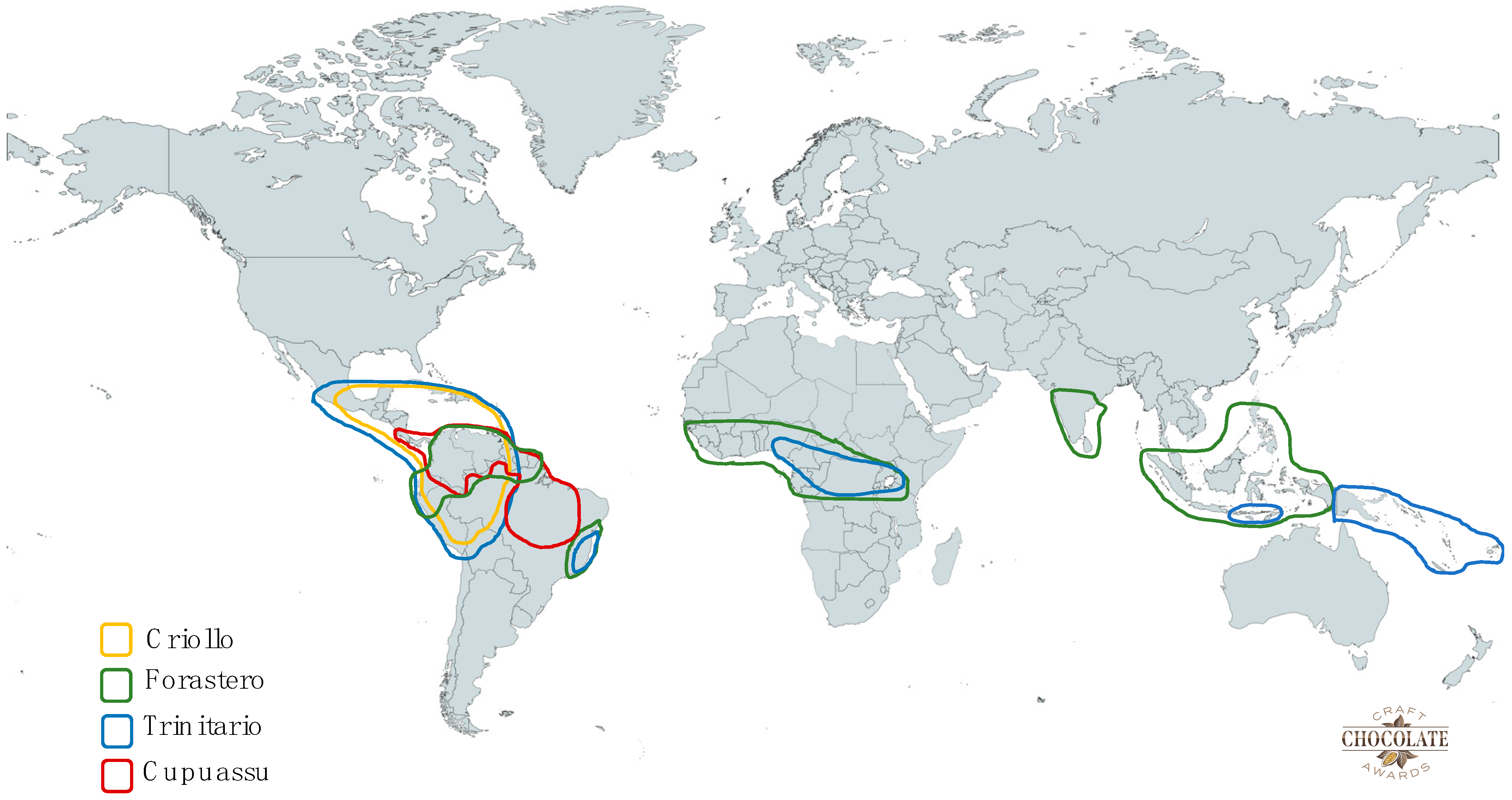
The obscure alchemy of chocolate attracts devoted practitioners from every walk of life. Farmers, scientists, home chefs (some of whom have placed extremely well in our awards!), corporate executives, and artists alike find second callings as craft chocolate makers. Though their backgrounds vary wildly, obsession unites them.
Often their craft chocolate journey begins in a chocolate shop, tasting single-origin chocolate bars that spark curiosity about cacao’s origins and diversity. The intricacies of roasting, winnowing, and tempering capture their imagination. Before long, small-batch equipment arrived in home kitchens.
A global community began to coalesce with the rise of the internet in the early 2000s. Craft chocolate makers began trading bean sources and technical tips. Online forums like The Chocolate Life connect Ecuadorian farmers with French chocolatiers. Awards like the Craft Chocolate Awards may confer prestige, but camaraderie matters more than competition.
Europe launched the modern chocolate industry, and is the traditional home of fine chocolate, but America leads the bean-to-bar revival. Yet its ethos transcends borders. Taiwan, Brazil, Japan and Peru have recently seen an explosive growth in craft chocolate makers where local palates develop for single-estate bars and for inclusions using local ingredients. Visitors to shops in Hawaii, Montreal, and Iceland discover new terroirs thousands of miles from home.
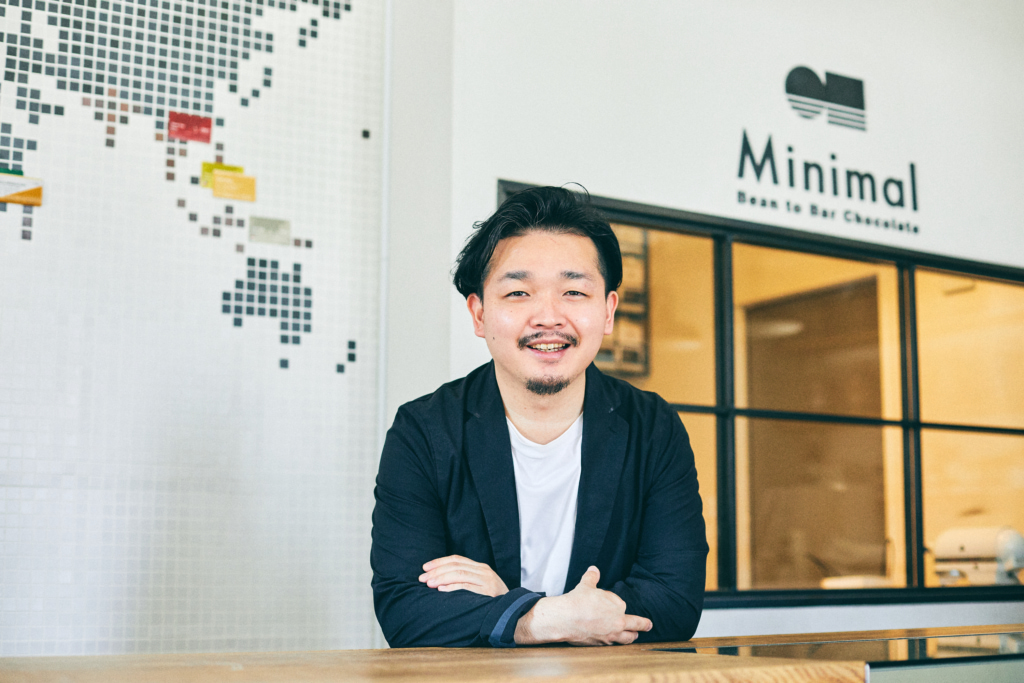
Though Europe pioneered fine chocolate, today the artisanal renaissance flourishes across the Americas. In Hawai’i, single-estate bars spotlight local terroirs. Shops in Vermont and Wisconsin proffer new flavors. The movement transcends borders.
Latin America remains pivotal, offering prized rare criollo beans. Connoisseurs appreciate notes of red fruit from Venezuelan cacao, or robust earthiness from ancient Ecuadorian stock. Yet cacao thrives across the tropics – West Africa, Southeast Asia, the Pacific.
Once industrial farms focused on high-yield varieties for mass production. Now small growers cater to craft makers seeking nuanced quality. These farms replant with heirloom strains like the prized white cacao of Piura, Peru.
The world’s chocolate origins, so long obscured, fascinate aficionados. Makers share harvest narratives and photos of remote estates. For all involved, chocolate reconnects consumers to the exotic landscapes where ancient trees bear these precious pods. A global renaissance, bean by bean.
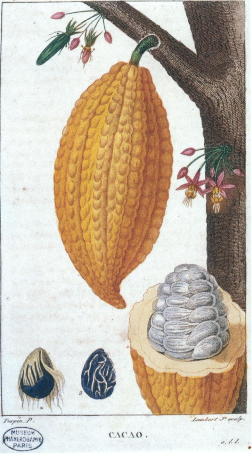
The bean-to-bar renaissance is revolutionizing more than taste – it seeks to transform the economics of chocolate. Despite low profit margins, visionary craft chocolate makers commit to honoring all contributors.
Makers reject industrial commodity markets that devalue farmers’ efforts. Instead they cultivate direct, lasting producer relationships. This model supports family cultivation of rare heirloom beans, forestalling destructive high-yield agriculture.
Seeking transparency, many bars feature certifications such as FairTrade, Rainforest Alliance, and other schemes that all aim to benefit the environment and cocoa farmers. But certifications cost farmers money which some cannot afford, so some chocolate makers simply declare “direct trade” – prices negotiated face to face.
The movement blends idealism and pragmatism. Makers are stewards conducting chocolate’s orchestra, coaxing the perfect tasting notes from every player. Consumers rediscover nuanced terroir, while small farmers prosper.
This renaissance suggests that globalism need not breed homogeneity. Rather, equitable local partnerships propagate diversity. One bean at a time, craft chocolate reminds us that delight springs from respectful collaboration across the divides of this world.
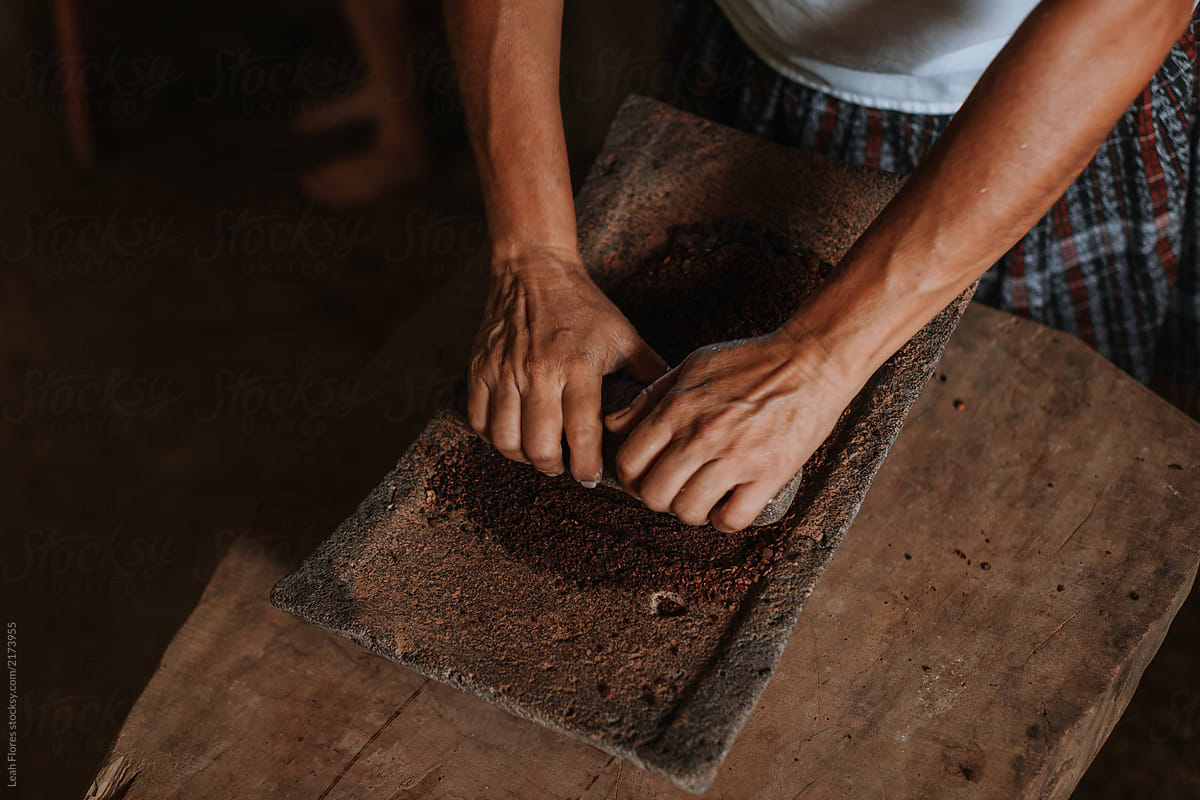
High in the lush canopies of the equatorial belt hang plump, colorful cacao pods. Skilled hands pick only ripe beans, taking care not to wound the precious tree. With machetes, the pods are halved, revealing bean-laden mucilage.
This fruity pulp will soon begin transforming. Heaped in wooden boxes, natural yeasts began the fermentation process, dispersing bitter tannins and creating delicious, complex flavors. Under the baking sun, moisture evaporates from the drying beans, now taking on chocolate’s signature brown.
The arduous process nears its end as sacks arrive at the chocolate maker’s door. Makers sort out imperfect beans and then roast the beans to coax out the first hints of cocoa’s aroma. Cracking and winnowing separate papery skins from cocoa nibs, ready for grinding into fluid chocolate liquor.
Sugar softens bitter notes, milk powder adds creaminess. Refining smoothes the texture, and lecithin helps the molten chocolate align into stable crystals when tempered. The maker blends and agitates for days, drawing out the desired flavor notes through this alchemy.
Finally, molds transform the chocolate into forms both simple and fanciful. Some makers go further, pressing cocoa butter for white chocolate, or creating truffles. Yet for purists, the essential process retains chocolate’s elemental gifts – the fruit, the tree, the farmer’s grace.
You can read a much more detailed breakdown of the chocolate-making process here.
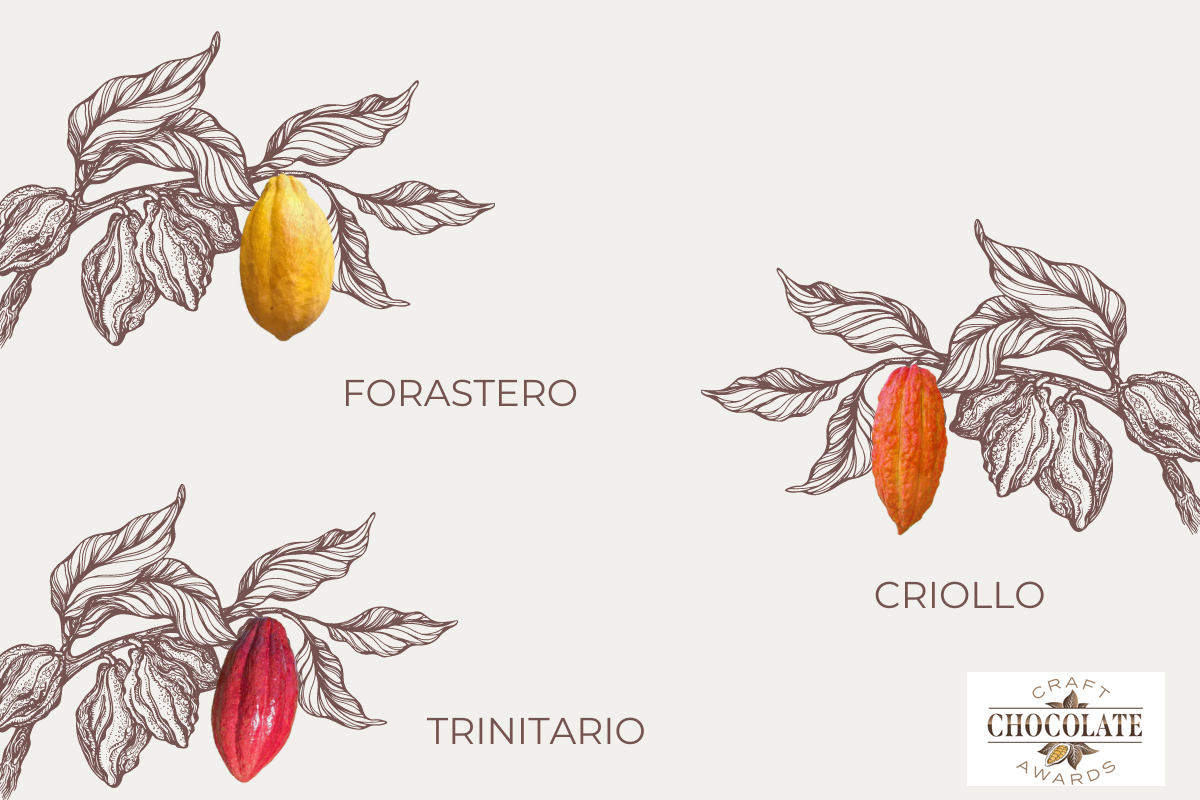
Thirty years ago, cacao was crudely sorted into just three types: Forastero, Trinitario, and Criollo. But modern genetics reveals over ten unique varietal families, each tracing back centuries to ancient cultivated stock.
In West Africa, hardy Forastero thrives on vast plantations, making up the vast majority of global cocoa production. Forastero delivers a straightforward chocolate flavor, so industrial candy relies exclusively on the Forastero variety. Meanwhile, rare Criollo trees produce just 1-2% of cacao globally, but those beans offer both more flavor variability with unmatched complexity and nuance. Fine chocolate makers especially prize elusive Criollo beans from remote Latin American valleys, which gift flavors of ripe cherry and honey. The hybrid Trinitario variety balances hardiness and flavor. Trinitario varieties grow across the tropics, delivering everyday chocolate with hints of inspiration.
But flavor owes more to nurture than nature. Even within varieties, microclimates impart distinctive terroir. The volcanic earth of Hawaiian islands might yield single-origin bars redolent of berries, while Venezuelan beans often produce deep notes of molasses. The fermentation yeast used also significantly impacts the final product (just like the fermentation yeast used in wine production has a huge effect on the final wine product), and introducing new yeast strains is at the cutting edge of chocolate science.
In this diversity, we transcend the notion of cacao as a commodity. Sampling chocolate bars from diverse origins becomes a journey, a reminder that flavor connects us to people and land. One bean at a time.
The rugged Forastero thrives on vast West African plantations, making up between 85 to 90% of the global cocoa crop in a given year. Brought centuries ago from its Brazilian homeland, hardy Forastero withstands diseases and churns out abundant pods.
Yet Forastero’s fibers produce straightforward chocolate lacking complexity. Thus candy giants rely on Forastero for mass-produced milk chocolate and cocoa powder. With few redeeming flavors, Forastero fetches low commodity pricing.
The very traits that enable Forastero’s domination – toughness and high yield – limit its culinary potential. This brawny bean overwhelms nuanced flavors that touch the soul. So connoisseurs seeking inspiring chocolate eschew Forastero, while praising it for making high quality chocolate affordable for all.
Rarest and most precious are elusive Criollo beans, comprising just 1-2% of global cacao. Origins shrouded in mystery, these finicky trees likely first grew wild in ancient Venezuela and Central America.
Demanding very specific climate, soil, and care, Criollo thrives on boutique Latin American farms. Each small harvest offers complex flavors ranging from honey to berries. Connoisseurs esteem Criollo for nuance that stirs the soul.
Seeking these flawless gems, fine chocolate makers pay up to five times normal prices, if Criollo identity is assured. As aging forastero trees are regrafted with Criollo, remote villages are increasing the incomes they derive from each cocoa crop but yields remain low: these crown jewels simply cannot be mass-produced.
Born of adversity, resilient Trinitario bridges worlds. On Caribbean plantations, imported Forastero trees once threatened heirloom Criollo stock. But a 19th-century plague led the varieties to intermingle, breeding naturally hybridized Trinitario.
Robust yet refined, Trinitario makes up about 10% of global cocoa. Its vines produce regular high yields with Criollo’s coveted complex flavors. Trinitario grows readily across the tropical belt, gracing fine chocolatiers everywhere.
In each Trinitario pod, a few beans even emerge white – traces of the ancestral Criollo. Chocolatiers prize Trinitario for balancing accessibility and inspiration. It democratizes cocoa’s gifts: everyday chocolate needn’t lack magic.
Botanical sleuthing continues expanding our understanding of cacao. Once categorized into just three types, genetic mapping now reveals (at least!) ten unique cacao families.
Some beans formerly classified as Forastero or Trinitario have been recognized with their own distinct identities. Cacao Nacional, for example, long thought a Forastero, is deemed a separate Ecuadorian heritage varietal.
As origins and flavors differentiate, chocolate’s diversity dazzles. Each new cacao variety adds threads to chocolate’s global tapestry, weaving together people and lands through the sacred bean. Cacao’s book of life perpetually unveils fresh chapters.
The bean at the heart of chocolate goes by two names. “Cacao” stems from Spanish and French, while English dubbed the plant “cocoa.” Rather than a raw or processed distinction, the choice reflects the speaker’s linguistic roots, says chocolate expert Robert McCallen.
Aficionados favor “cacao”, evoking primordial jungles and ancient rites honoring chocolate’s mystique. Cacao permeates craft chocolate culture. Yet for many, cocoa stirs nostalgia – the scent of baking or the first candy bar or hot chocolate on a cold winter’s day.
Neither term is right or wrong. Cacao holds continental romance; cocoa familiar homespun allure. Their subtle rivalry mirrors chocolate’s blending of global and local, old world and new. The bean bridges cultures through manifold identities.
So indulge your personal linguistic taste. Savor cacao’s exotic cadence or cocoa comforting simplicity. Let the sounds transport you – to a rainforest or childhood, plantation or kitchen. What matters is the joy chocolate awakens, called by any name.
In the Caribbean and South America, efforts were made to meet the growing demand for cacao in Spain. Cacao was initially planted in Spanish territories such as the Dominican Republic, Trinidad, and Haiti, but these endeavors did not yield significant results. A more successful venture was undertaken by Spanish Capuchin friars, who began cultivating Criollo cacao in Ecuador around 1635. The late seventeenth century witnessed a rush among European mercantile nations to claim land for cacao cultivation. France played a pivotal role by introducing cacao to Martinique and St. Lucia in 1660, the Dominican Republic in 1665, Brazil in 1677, the Guianas in 1684, and Grenada in 1714. In parallel, England established cacao plantations in their colonial holding of Jamaica by 1670. The Dutch took control of plantations in Curaçao when they seized the island in 1620 and quickly became on of the 17th century’s largest cacao exporters.
The increasing demand for affordable chocolate led to a surge in cacao cultivation. Amelonado cacao, originally from Brazil, was planted in Principe in 1822, Sao Tomé in 1830, and Fernando Po in 1854. Subsequently, cacao was introduced in Nigeria in 1874 and Ghana in 1879. In eastern Nigeria, Chief Iboningi established a small plantation in Bonny in 1847. The Coker family and Christian missions also set up other plantations. In Ghana, cacao seeds were brought from Fernando Po by Tetteh Quarshie or his apprentice Adjah, as earlier attempts by the Dutch in 1815 and the Swiss in 1843 to introduce cocoa cultivation had failed. In Cameroon, cocoa cultivation was introduced during the colonial period from 1925 to 1939.
Cocoa cultivation in Asia began during the colonial era. The first cocoa trees were introduced in Indonesia by the Spanish in the 16th century. However, significant development in the cocoa sector in Asia did not occur until around 1970. Today countries such as Indonesia, Malaysia, Papua New Guinea, and to a lesser extent, the Philippines, Vietnam, Thailand, Myanmar, Laos, and Cambodia all produce small cacao crops.
In specialty chocolate, words carry weight. Take “bean to bar” and “craft chocolate.” Both evoke small batches and direct sourcing. But nuances exist.
Bean to bar suggests supreme control – the maker overseeing every step from raw bean to finished product. This handicraft ethos values transparency and mastery.
Meanwhile craft chocolate stresses ethical sourcing and flavor complexity. The term captures a movement prioritizing sustainability and revivalism in all stages of chocolate production.
So bean to bar exalts a philosophy. And craft chocolate unites a tribe. The phrases highlight different facets of the same gemstone – honoring chocolate as conduit of people, places, and pleasure. At the bar, chocolate by any name tastes divine.

This article explores the origins and history of chocolate, tracing cacao’s use and cultural significance among ancient Mesoamerican civilizations like the Maya and Aztec. It
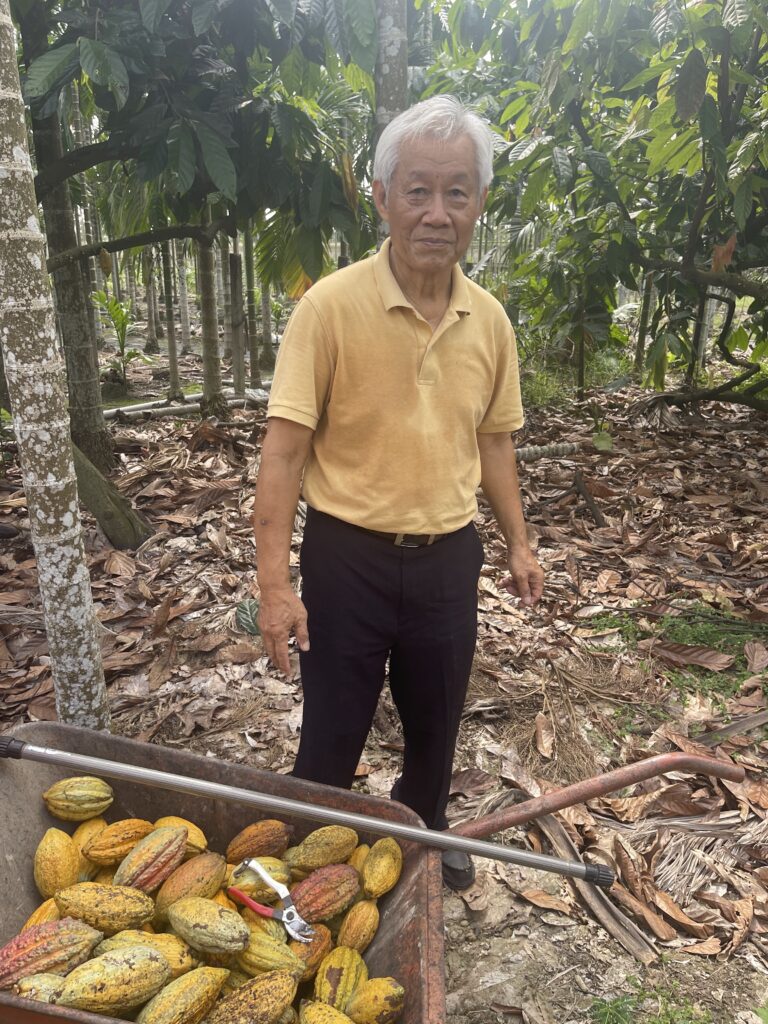
Embark on a journey through Taiwan’s lush Pingtung County, where 77-year-old Mr. Chou pioneers small-scale cacao farming, and award-winning chocolatier Jade Li transforms each harvest
Keep up-to-date on upcoming chocolate awards